“Have stamps, will trade!”
This has become the favorite motto for philatelists who want to let their philatelic collection grow. For sure you have a stamp or two that you have outgrown or you want to discard. You can use your old cancelled stamps as a ticket to gain new stamps.
Stamp exchange or stamp trading is a good way to start and expand a stamp collection. It will also enable you to acquire other postal stamp varieties. This is a great way to make use of your postage stamp duplicates or the unwanted stamps in your collection, and trade them for other stamps that you like to have.
Stamp trade or stamp exchange can be done in packets of 25, 50, and 100 postage stamps or more.
How to do the postage stamp exchange
Decide on stamps to trade. Make a decision on which stamps you would like to exchange with your trading partner. It may be your duplicate stamps or stamps which do not fit your collection. Choose stamps you are interested in obtaining or stamps you are seeking and be very specific about the kind of stamps you want.
Find a reliable stamp exchange partner. This is the simplest way to do a stamp exchange. Do you have some stamp collector friends who are willing to swap stamps with you? Call your friend and make a stamp trade with him or her. If you are into collecting stamps of different countries, you can find stamp trading partners from every nation there is.
Make a stamp exchange list or stamp want list. The wise stamp collector does not need to spend much in acquiring postage stamps. The best stamps are often found in stamps exchange websites. If you have a handful of stamps you want to barter with another collector, you can make a stamp collector’s exchange list.
When you are searching for a specific stamp specimen and you are willing to trade your old posted stamps for it, you can create a stamp want list.
Search for a reputable stamp exchange website. The best things in life are free. 2-Clicks gives you an opportunity to make a free stamp ad.
Go to 2-Clicks stamp collectors exchange, swap, for sale, and fill out the free ads form. Then you can choose the type of stamp ad: stamps for sale, stamps wanted list, or stamps exchange & swapping. After a little while, your postage stamp trading ad will be published online with your contact details.
This is the best way to find your stamp trading partners at no cost. Since a lot of people can read your stamp ad, soon you can establish your own network of stamp traders in no time.
Review several stamp traders lists. The 2-Clicks stamp exchange list is also a convenient way to search for postal stamps. The stamp hat you have been looking for might be in someone’s stamp traders list.
For instance, a philatelist is asking for 25 Japanese commemorative stamps in exchange for 75 Canadian stamps or 150 US postage stamps (Facts about US postage stamps) in your collection. This is your chance to strike a great stamp exchange. You can trade stamps with him or make a special arrangement. Terms and conditions in postage stamp exchange are generally negotiable.
Be part of a stamp club. Stamp collectors exchange can be effortless if you join a local stamp community. There you will meet a lot of your fellow postage stamp collectors who are willing to trade or exchange stamps. Stamp exchange clubs are a good venue to build lasting philatelic relations among other stamp traders.
Stamp exchange clubs
Joining in philately exchange clubs and groups can safeguard you from stamp trading scams.
Be careful with stamp trading scam artists. Get to know a potential postage stamp trading partner and do a research on him or her. Ask them for references on past stamp trades. Exchange a few emails, and know the person through his replies and the way he reveals something about himself. This will help you decide whether the person can be a good trading partner.
Stamp collectors exchange etiquette
Never send damaged or poor grade stamps. Send stamps with light cancels and stamps that are well centered.
Avoid definitive stamps as much as possible. Those stamps are common and come in large quantities. You might encounter a collector who may want definitives (What are definitive stamps), so it’s better to ask this when setting up a trade. Commemorative stamps are often preferred in stamp exchange.
Do not send “cancelled to order” stamps, unless otherwise specified by your trading partner. In order to prepare for a stamp trade or stamp exchange, you must decide on what collector’s stamps to trade, choose postage stamps you would like to have and then find a stamp collector who is willing to trade.
Test a transaction. When you send stamps on the first stamp exchange transaction, avoid sending postage stamps with high value and stamps that exceed 50 pieces. You can search for the stamp traders’ background in the stamp exchange websites he has participated.
Be cautious. There are some dishonest stamp traders offer higher values in rare stamp exchange for forged or fake stamps. Remember to make a special agreement with the trading partner, that if the stamps sent to you are in a terrible condition, he will agree to send your stamps back.
Keep an open communication. Let your stamp trading partner know by email when you have received their mail and when you have mailed the postage stamps return-trade. Always keep track and record all trades you have made, this includes dates and comments on the stamps received and sent.

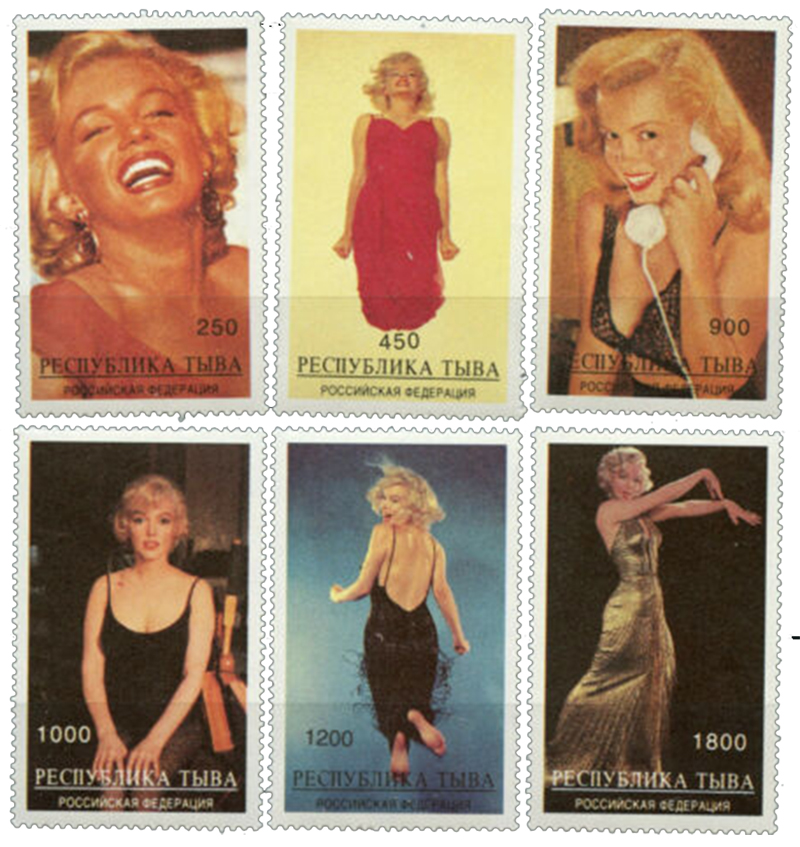
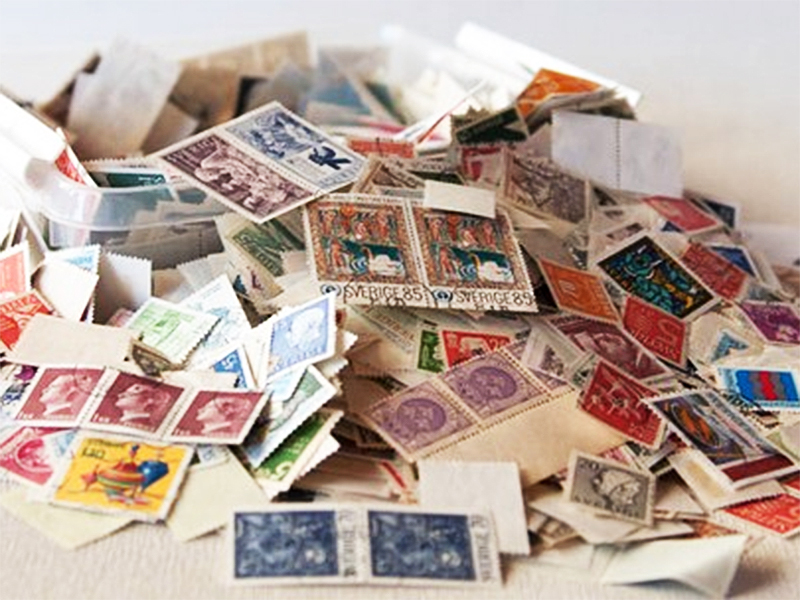
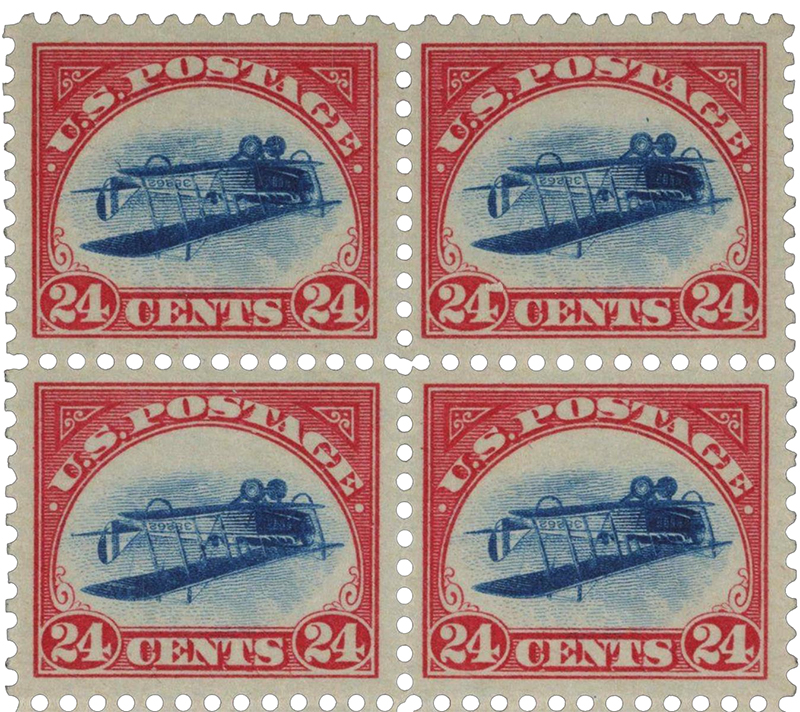
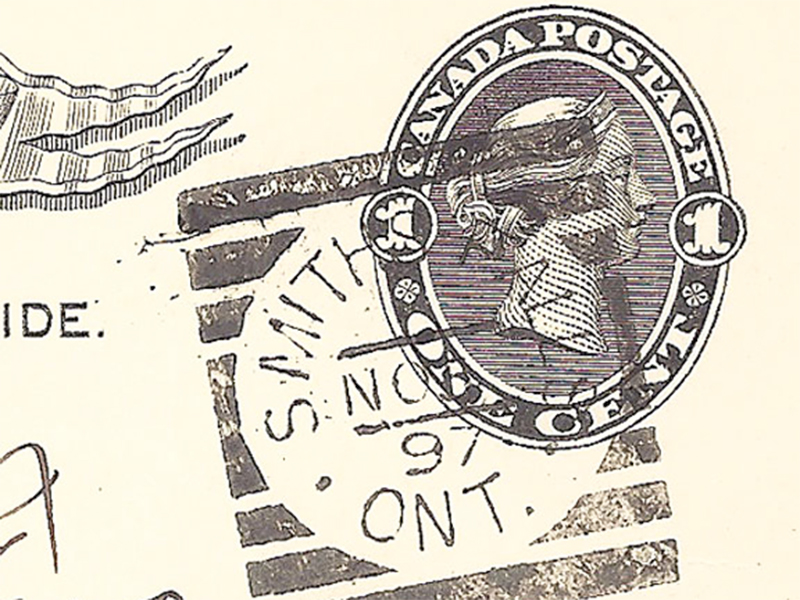
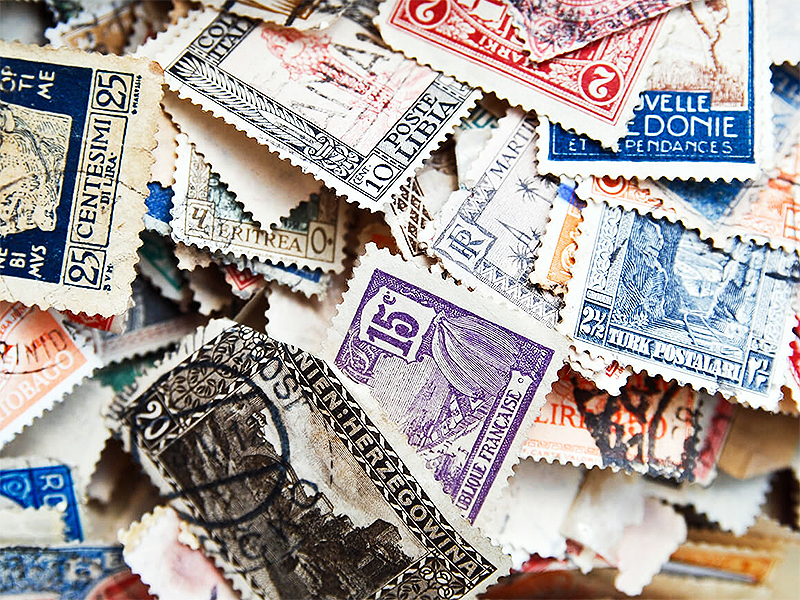
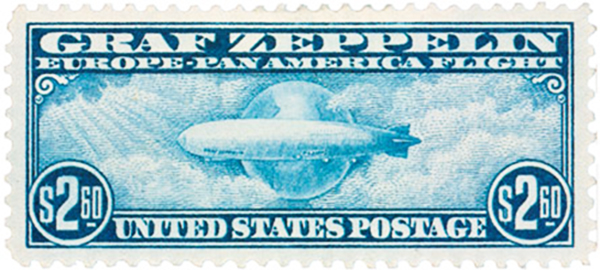



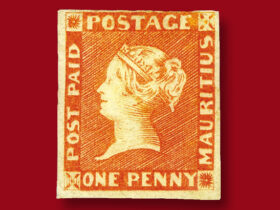
Leave a Reply